The L’il D’bl Bass

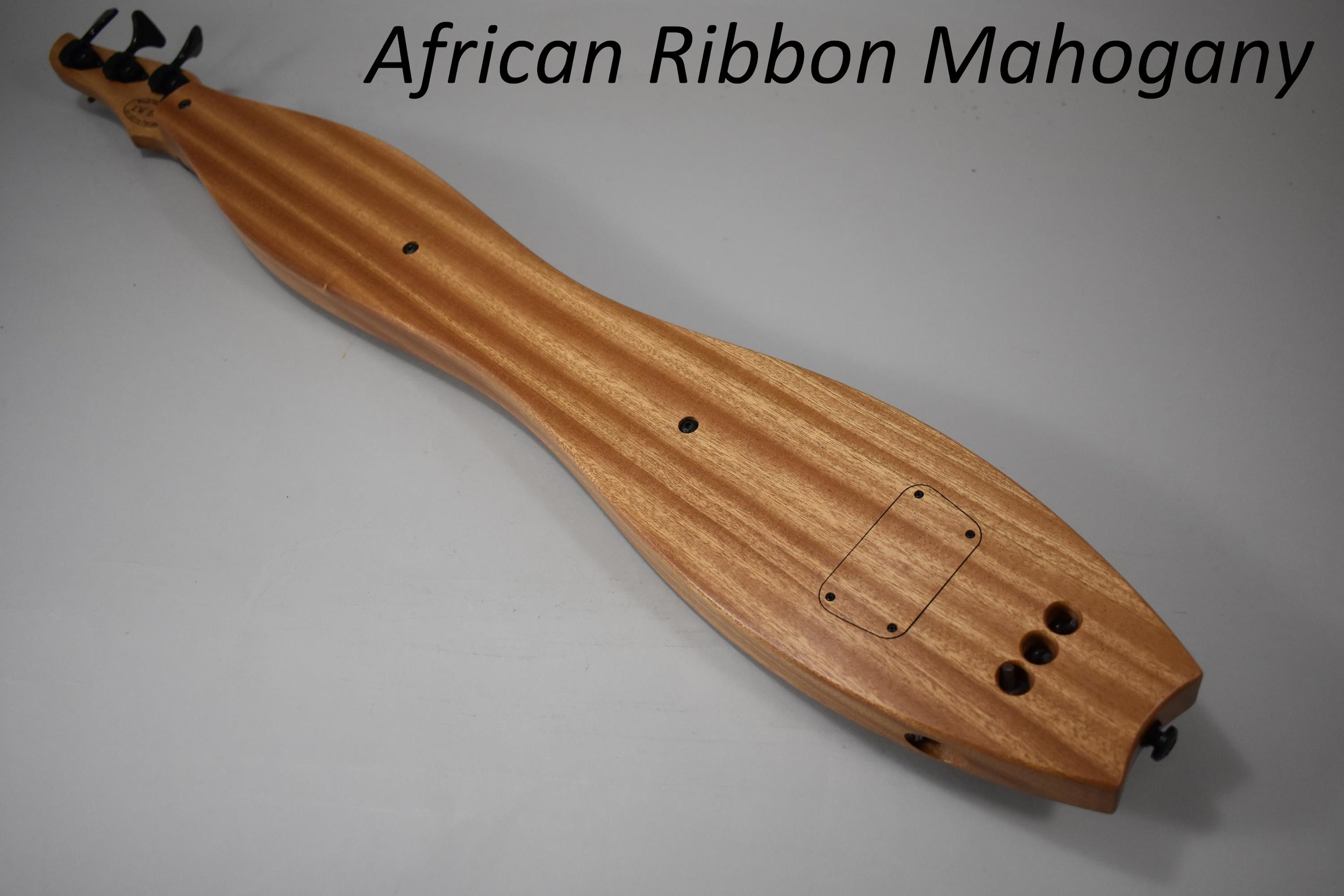
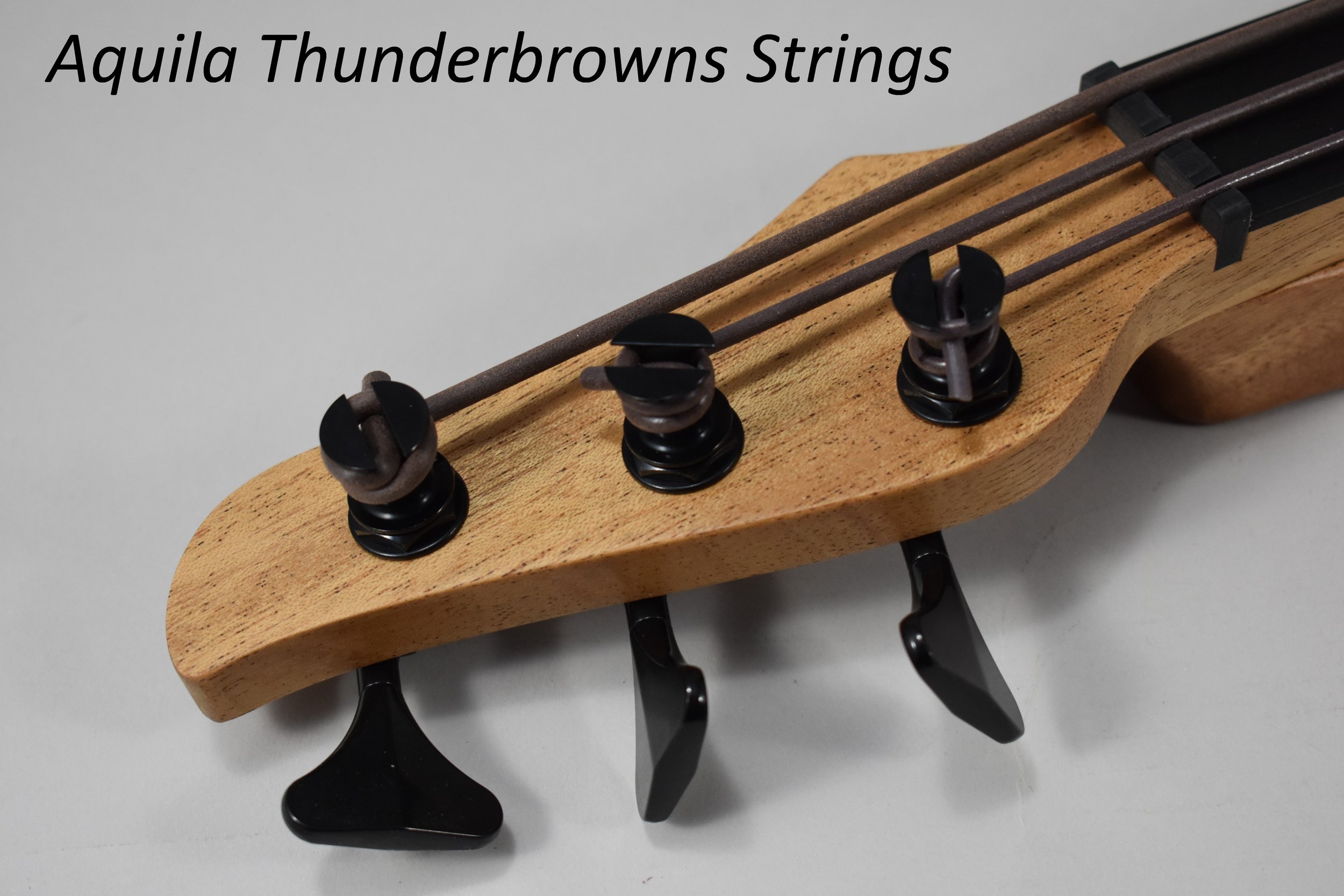
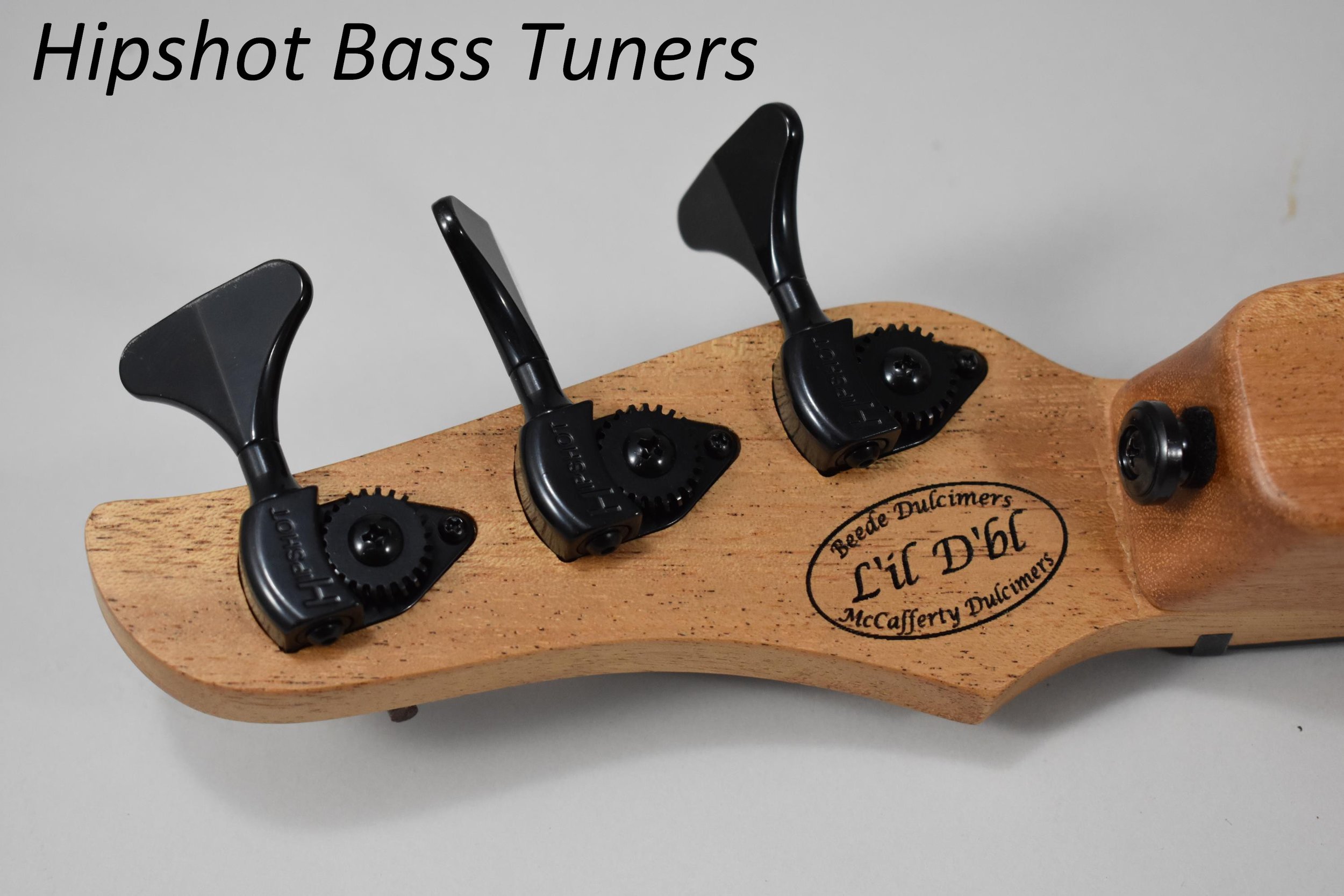
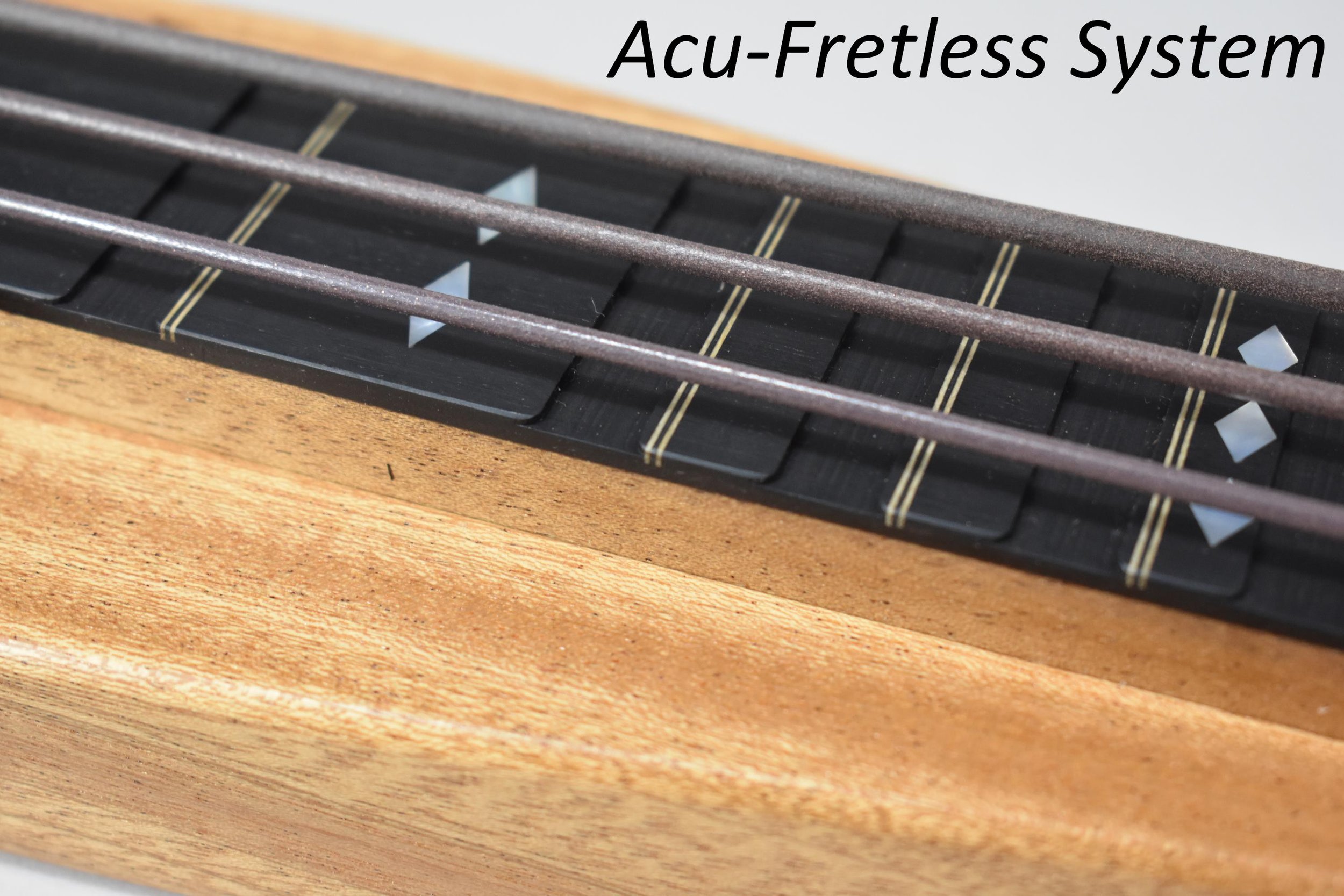
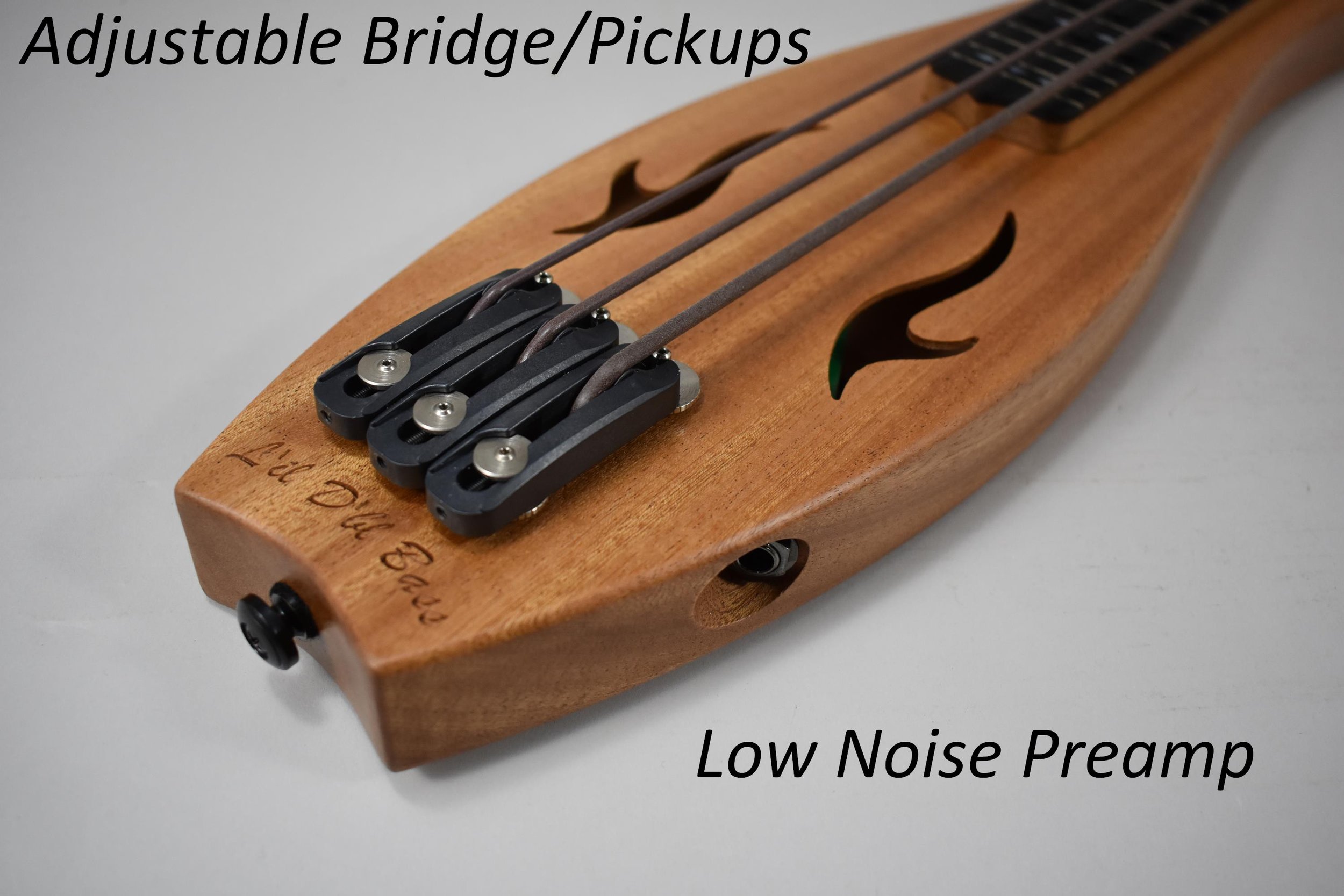
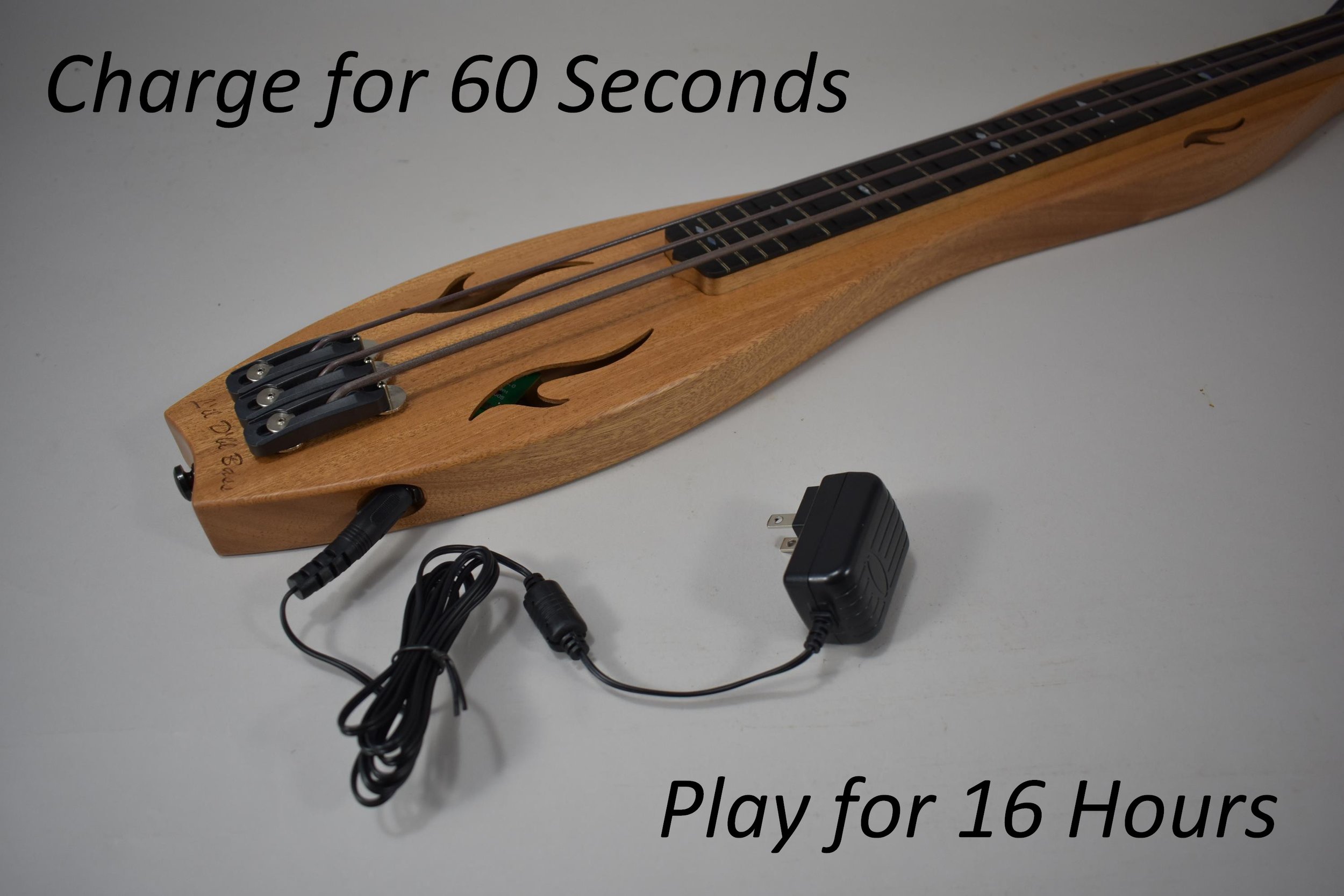



The L’il D’bl Bass
The L’il D’bl Bass Dulcimer was born from a collaboration between Terry McCafferty and David Beede and plays a full 2 octaves below your standard dulcimer, in the same range as a stand up bass! We developed this instrument for the dulcimer player that wants to be able to add double bass sound to their jam session. It’s easy to learn to play and from the start, even the most basic bass notes will take a dulcimer jam to another level of enjoyment by all. Here are some sound samples to demonstrate. You won’t get the “realistic” sound of the bass unless you have good speakers, ear buds, or headphones.
Click here for a video of Stephen Seifert “unboxing” …
Click here to see Stephen playing backup to a recording …
Click here to see Aaron Orourke and Stephen Seifert jamming…
Tuning & Strings…
The instrument has a 25” vibratng string length and is tuned to D1-A2-D2. A typical dulcimer is tuned to D3-A4-D4 . So, the L’il D’bl is a full two octaves lower than a typical dulcimer and in the range of a standup bass. Traditional “bass dulcimers” use large steel strings and can only achieve one octave lower than a standard dulcimer. The L’il D’bl is set up with custom sets of Aquila Thunderbrown extra long strings that are very easy to play and should last you for years of playing enjoyment. For best results, pluck approximately 1 1/2” from the bridge pickups. This will give a clear tone minimizing the string amplitude to avoid string rattle.
Frets…
The L’il D’bl does not have frets. It is based on David’s innovative “Acu-Fretless” system. It does have markers where diatonic notes would be. At each one of the diatonic note locations, there is a groove going across the fretboard. When you gently press on the groove, the edge of the groove acts as a fret and creates the “in tune” note. Because of the popularity of the 1 ½ fret, we placed an unmarked groove there to make it easy to hit that note. Since frets are not sticking up above the fretboard surface, you can press in between the diatonic locations and get the missing chromatic notes. So, you can play this instrument as if it is a fretted diatonic instrument or as a fully chromatic fretless instrument. It takes a bit of practice, but you’ll catch on quickly. And you can also get those crowd-pleasing slides and runs that we associate with the double bass! If you prefer, it may be ordered fretless without the grooves but with the diatonic markers.
The Electronics…
The L’il D’bl is a semi-solid body instrument and must be plugged into a bass amp. Each string has its own pickup that is fully adjustable for height and intonation. The pickups feed a small preamp that insures noise free transmission to the bass amp. The preamp uses a super capacitor for power so you will never have to change any batteries. The L’il D’bl bass comes with a small charger. Simply plug the charger into a wall outlet and the other connector into the ¼” output jack for 60 seconds and you are good to play for at least 16 hours. We recommend just before heading for a gig to plug it in for a minute or two and you are good to go. We don’t recommend leaving it plugged in for long periods of time between gigs.
As mentioned, a bass amp is required (not included). Fortunately, there are some quality portable bass amps available. They are small and many operate on both 120 vac and battery. We stress a bass amp rather than an acoustic guitar amp because the speakers of a typical guitar amp will not handle the lower frequency range and can even be damaged at high volume. The quality of the sound is very dependent on the quality of the amp. In our amp reviews, our favorite is currently the Boss Dual Cube LX 2 x 5-inch Bass amp. It can be found here or here. There are a lot of features and adjustments on this little amp. Here is a good starting point for the knobs. There is an acoustic guitar version of the Dual Cube as well as the bass version. It is important to make sure you get the bass version as it will not work well at all with a regular acoustic guitar amp. If you don’t mind having to plug into a power source, there are good sounding less expensive as this Fender bass amp.
For ultimate freedom, try one of the inexpensive wireless guitar interfaces. Just plug the transmitter into L’il D’bl and the receiver into your bass amp and move about as you like. Here is one we like for its size, performance, and price point.
Click here for available instruments…
If they all happen to be sold, please contact me to get on the list. You’ll have it before you know it.
Price: $1495
Click here for the User Guide…
Now, let’s join the jam!
Getting started with the L’il D’bl is easy. It is an instrument that can be simple to start with but can keep you entertained for many years as you grow your skills. If you are at the beginning level, the BIG LETTERS of the chord are all you have to play most of the time. Even at the entry level, you will be amazed at how much you can add to a jam session.
If you know your chord shapes on your dulcimer, you already know what notes to play on your L’il D’bl. But, don’t strum it like a regular dulcimer but rather pluck them one at a time, often in pairs of notes. and, shortly after plucking a note, you dampen it. Let’s find out which notes work best below.
1 & 5
The “1 note” is the name of the chord. The “5 note” is five notes away. So for the D chord the 1 & 5 are D and A. So, to “back up” a D chord, you can leave the strings open and alternate plucking and muting the melody and middle strings for D & A, D & A, D & A, etc. To “back up” a G chord, just bar the melody and middle string at the third fret mark and alternate between the melody and middle strings. To “back up” an A chord, bar the melody and middle string at the fourth fret mark and alternate strings. This is the simplest form but again, you will be amazed at what it adds to the group. Obviously these notes are located all over the the fretboard and embellishments can be added. But, this will get you going. And, down the road, you’ll be blowing their doors off!
Muting
To approximate the tone of a stand up bass you need to mute the string after playing the note in order to limit sustain. Letting any or all strings keep ringing can result it in muddled audio soup of sound. Muting can happen in different ways. Lifting the fretting finger slightly after sounding the note mutes it. Using the flat of your picking hand between beats works, or using the palm of your picking hand behind the little finger.
Rhythm
Bass instruments, are part of the “rhythm section” and are in charge of holding the beat to the tune. Missing the “right” note pitch often goes by unnoticed, but pausing to find the right note can result in musicians losing their place and dancers colliding! The bass is like the earth or foundation of a tune that allows all the other instruments something to dance on.